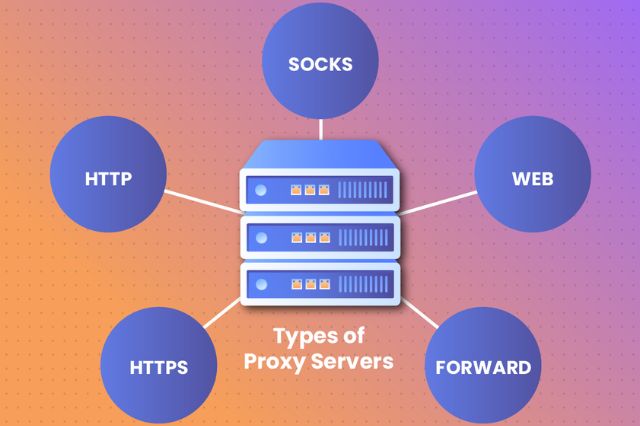Setting Up Your First Proxy Server: A Step-by-Step Guide for Beginners

In today’s digital age, privacy and security are paramount. A proxy server is like a bridge between you and the internet, giving you lots of advantages like better security, more privacy, and the ability to get to content that’s normally blocked.
If you’re not familiar with proxy servers or want to set one up but don’t know how, this is the perfect place for you.
This easy guide will explain what proxy servers are, why you might need one, and guide you on how to set it up, step by step. For more articles on this theme, please read our blog at https://blog.partners1xbet.com/set-up-proxy-server/.
What is a Proxy Server?
A proxy server acts as an intermediary between your device and the internet. It takes your requests to visit websites, handles them for you, and then sends the website information back to you. This adds extra security and keeps you anonymous because it hides your real IP address from the websites you go to.
Why Use a Proxy Server?
- Privacy. Keeps your IP address hidden, protecting your identity online.
- Security. Adds an extra layer of security, as it can encrypt your requests.
- Access Restricted Content. Allows you to bypass geographical restrictions and censorship.
- Improved Performance. Can cache data to speed up common requests.
Types of Proxy Servers
- HTTP Proxies: Ideal for web browsing.
- HTTPS Proxies: Similar to HTTP proxies but for encrypted sites.
- SOCKS Proxies: More versatile, used for general purposes beyond web browsing.
- Transparent Proxies: Does not modify your request or offer anonymity but can cache content.
- Anonymous Proxies: Hides your IP address from the web servers.

Step-by-Step Guide to Setting Up a Proxy Server
Step 1: Choose the Type of Proxy Server
Based on your needs, decide which type of proxy server is right for you. For beginners, an HTTP or HTTPS proxy is a good start for web browsing.
Step 2:Select a Proxy Server Provider
Research and select a reputable proxy server provider. Consider factors like sureness, speed, privacy policies, and cost.
Step 3: Configure Your Device or Network
After you get your proxy details (IP address and port number), you need to set up your device or network to work with the proxy. The process varies depending on your operating system or device:
For Windows:
Go to Settings > Network & Internet > Proxy.
Enter the proxy server IP and port number.
For macOS:
Go to System Preferences > Network.
Select your network and click on ‘Advanced’ followed by ‘Proxies’.
For Mobile Devices:
The process varies, but you typically find the proxy settings under WiFi settings.

Step 4: Verify the Proxy Server is Working
Once you’ve set it up, go to a website like WhatIsMyIPAddress.com to check if your IP address now shows as the proxy server’s IP.
Step 5: Implement Security Measures
After you set up your proxy, make sure to add security to keep your data safe. Use secure connections and passwords to prevent others from getting in. Also, keep updating your proxy settings and software to avoid any security risks.
Step 6: Regular Maintenance and Updates
Just like any tech tool, your proxy server needs regular checks and updates to keep it working well and safe. Make sure to look for updates from your provider and learn about new security steps to keep your proxy server in good shape.
Best Practices for Using a Proxy Server
- Use Secure Connections. Always opt for HTTPS proxies when possible.
- Keep Your Proxy Server Updated. To ensure security, regularly update your proxy server software.
- Monitor Performance. Be aware of any speed or performance issues, which may indicate a need to switch proxies or providers.
Troubleshooting Common Proxy Server Issues
- Connection Issues: Verify the proxy server address and port number are correct.
- Slow Performance: Try switching to a different server or contact your provider.
- Websites Not Loading: Ensure the proxy server supports the type of content you’re trying to access.
- Privacy and Anonymity: While proxies provide a level of anonymity, they are not foolproof. For enhanced privacy, consider using a VPN in conjunction with your proxy server.
- Legal Compliance: Ensure you’re using proxy servers in compliance with local laws and internet regulations. Misuse of proxy servers can lead to legal issues.
Conclusion
Setting up a proxy server might look hard at first, but if you follow this guide for beginners, it will be easy. Proxy servers are a great tool to make your internet use more private, secure, and to get more information.
Remember, the key to a successful proxy server setup is choosing the right type and provider that fits your needs. With a bit of research and patience, you can enjoy the myriad benefits that come with using a proxy server.



